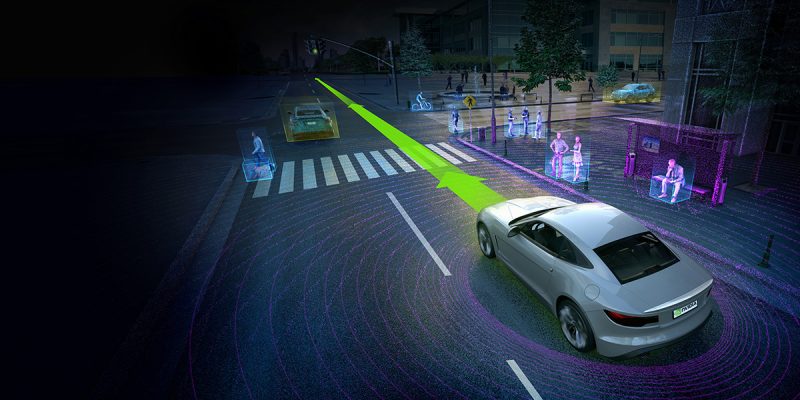Artificial cities could pave the way to driverless adoption
Connected and autonomous vehicles (CAVs) have a future.
That is without doubt but there is still a need to ensure that they will be safe on our highways and to ease the public’s safety concerns to increase their adoption over the next few years. CAVs need to be able to react to unforeseen events – just as we do as human drivers.
None of the obstacles that drivers face can be anticipated and so the artificial intelligence and machine learning of these vehicles needs to be able to react accordingly to prevent accidents from occurring, no matter the weather, no matter the circumstances, and not matter what kind of environment – both rural urban – they are to operate in.
To read the full version of this story, visit TU-Automotive.




















